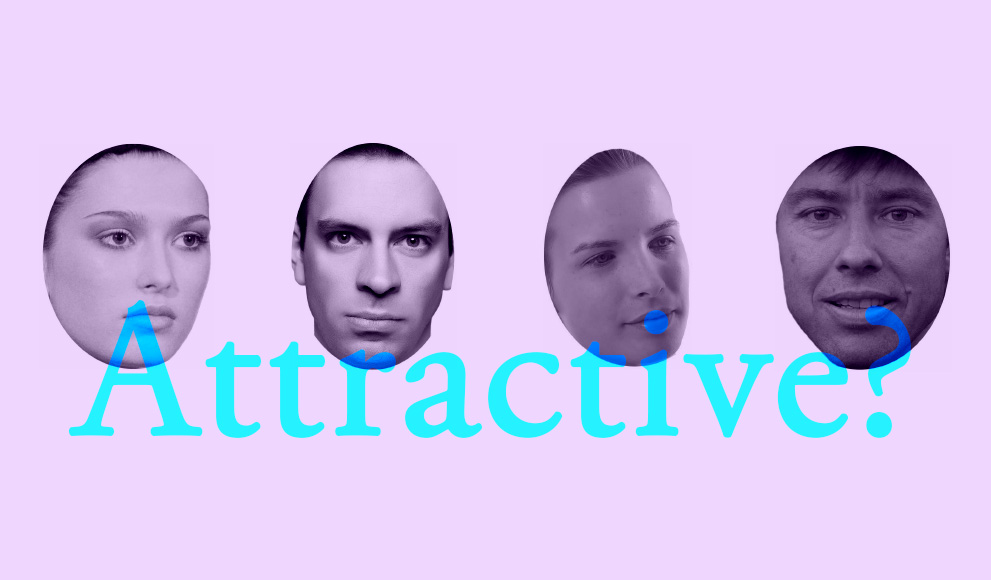New Study Shows Opinions About Beauty Are Shaped By Past Experiences More Than By Genes

A new study co-authored by Jeremy Wilmer, assistant professor of psychology, confirms that beauty is in fact in the eye of the beholder. The research, which was published yesterday in the Cell Press journal Current Biology, found that attraction is likely incredibly specific to an individual’s life experiences.
The study, which was covered by Time, Smithsonian, Discovery News, The Guardian, and several other news outlets, first tested the face preferences of over 35,000 volunteers through a research website. Wilmer and his colleague Laura Germine of Massachusetts General Hospital, who were joint leaders of this project, then tested the preferences of 547 pairs of identical twins and 214 pairs of same-sex, non-identical twins by having them rate the attractiveness of 200 faces.
Comparisons between identical and non-identical twins allowed the researchers to estimate the relative contribution of genes and environments to face preferences. "If something is really influenced by genes, you would expect identical twins to be more similar to each other than the fraternal twins," Wilmer explained to Time. On the other hand, if family environment is highly influential fraternal twins could be expected to have similar preferences.
"We found that even though identical twins share all of their genes and their family environment they were really, really different from each other in their facial aesthetic preferences," Wilmer said.
Prior studies of twins and families have shown that virtually every human trait—from personality to ability to interests—is to some large degree genetically passed down from one generation to the next. The hope was that by studying people who are genetically the same, or very similar, and who grew up and in the same environment, insights could be gained into nature or nurture effects in attraction.
In an email, Wilmer said there were two big surprises for him in the results. "The first surprise was how varied people’s aesthetic preferences for faces were," Wilmer said. "When we looked at the preferences of a typical pair of randomly chosen persons, a full 50 percent of those preferences did not overlap; so the aphorism about beauty being in the eye of the beholder appears to have a lot of truth to it."
He continued, "The second surprise was that when we asked where unique preferences, this eye of the beholder, comes from. We found very little influence of either genes or families... this is a very unusual finding."
Wilmer explained that our genes, or our so-called "nature," tend to influence all sorts of things, including our personalities, interests, and abilities. He said, "we found in a prior study that another aspect of face perception, one’s skill at recognizing faces, is highly heritable. In the context of this prior work, it is striking that our unique preferences for faces appear to result mostly from our highly individual experiences."
Personal experiences do appear to be at the core of our individual preferences but the researchers have not yet identified what those individual experiences might be. Our unique friendships? A first boyfriend or girlfriend? Our unique cultural or social media experiences? Wilmer said any of these are likely candidates. Whatever they are, they are experiences that even identical twins don’t share.
